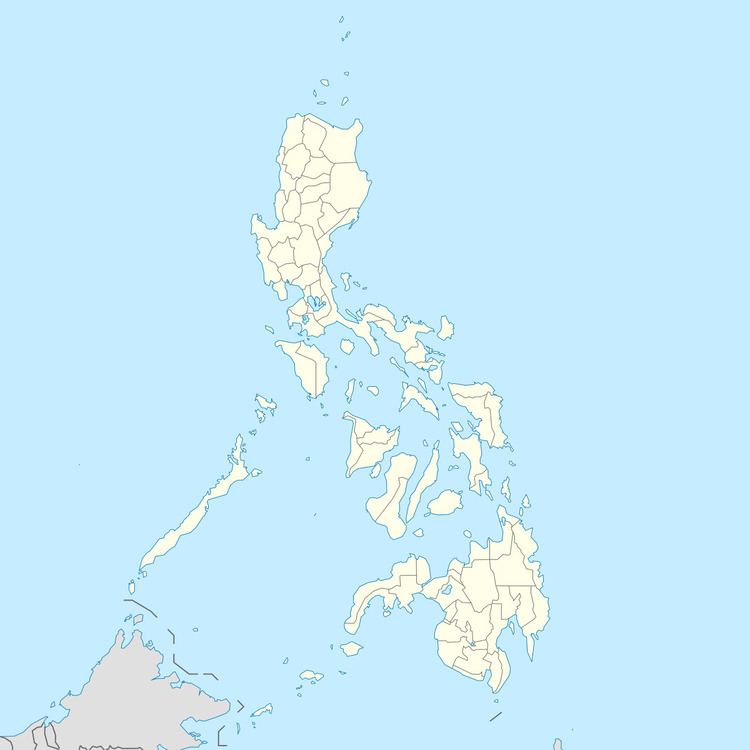Airport type Public Elevation AMSL 2 m / 7 ft 1,043 3,422 Phone +63 912 338 6858 | 08/26 1,043 Elevation 2 m | |
 | ||
Address Maniboc, Lingayen, Pangasinan, Philippines Similar Lingayen Airport, El Puerto Marina Beach Re, Pangasin State University, Land Registrati Authority, Consuelo Hotel | ||
My first landing at lingayen airport 07 21 11
Lingayen Airport (Filipino: Paliparan ng Lingayen, Ilocano: Pagtayaban ti Lingayen) (ICAO: RPUG) is the airport serving the general area of Lingayen, the capital of the province of Pangasinan in the Philippines. It is one of two airports in the province: the other being Rosales Airport. It is classified as a community airport by the Civil Aviation Authority of the Philippines. The airport was built by the Americans in 1945.
Contents
- My first landing at lingayen airport 07 21 11
- Ub cessna plane sumadsad sa paliparan sa lingayen airport
- History
- Units assigned to Lingayen Airfield
- Incidents and accidents
- References
Ub cessna plane sumadsad sa paliparan sa lingayen airport
History
During World War II, "Lingayen Airfield" was located at the town of Lingayen, parallel to the beach running roughly east to west along Lingayen Gulf. The airfield was also known as "Lingayen Aerodrome" or "Lingayen Field".
The airfield was built prior to the war by the Americans (possibly Philippine Army). It was used as a landing field by US pilots flying familiarization flights in North Luzon. A Philippine Army contingent (most likely the troops of the 21st Division) was also stationed in the area. When the Japanese struck Clark and Iba Fields on December 8, 1941, some of the USAAC pilots landed their P-40s at Lingayen.
The airfield was seized by the Japanese army when they landed at Lingayen Gulf on 25 December 1941. During the Japanese occupation of the Philippines, the airfield was extensively used by Japanese Army and Navy aircraft, flying from Formosa and Japan.
After the American landing at Lingayen Gulf on 9 January 1945, this area was liberated on the first day. The airfield was repaired and improved, including a portion on the beach built by the 836th Engineer Aviation Battalion, and Filipino labor, using 'sawali' (woven palm fronds) with marston matting over top to form the surface of the runway, to keep the sand down. The repairs were completed in late February 1945 and it was immediately put into use by fighter and tactical reconnaissance squadrons, and was capable of handling B-25 and larger aircraft. Lingayen Airfield was also used as an emergency field for damaged bombers returning from strikes on Formosa that were too damaged to reach Clark Field.
With the end of the war, the runways of the airfield were shortened, and it became the small regional airport which it is today.
